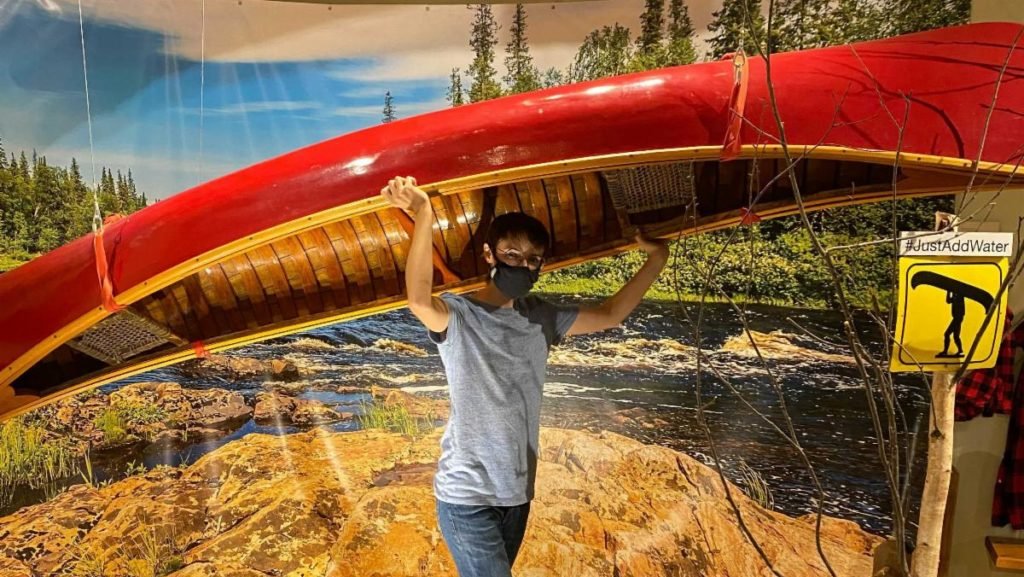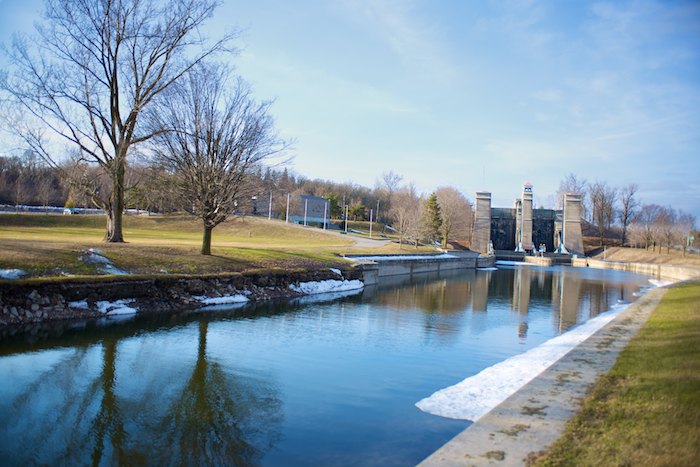Nova Craft Sponsors The Bill Mason Prospector At The Canadian Canoe Museum

Nova Craft announced on their blog yesterday that they have partnered with the Canadian Canoe Museum through their Adopt-an-Artifact program to sponsor Bill Mason’s Prospector for the year 2020.
More about Bill’s iconic canoe from the Canadian Canoe Museum…
Bill Mason’s 16 foot red Prospector canoe is possibly the most famous canoe in Canada. It arrived at the Mason home on Meech Lake, north of Ottawa, from the Chestnut Canoe Company in Fredericton, New Brunswick, in spring, 1973. From that moment, the canoe was used in all of Bill Mason’s projects, his instructional films on canoeing, his books, The Path of the Paddle, The Song of the Paddle, and his last epic film, Waterwalker. It was frequently used on Bill’s month-long solo trips on the north shore of Lake Superior, on family trips in Algonquin Park, on trips down the Pukaskwa River, north of Superior, where the canoe ribs were damaged. Bill danced at his son’s wedding with the canoe on his shoulders, and his wife, Joyce, scattered Bill’s ashes from it in 1989. It was donated to the Canadian Canoe Museum after their daughter, Becky, performed a canoe ballet on the Trent-Severn Waterway in Peterborough in 1999.
Although he was a fan of the rest of his personal fleet, author and filmmaker Bill Mason suggested the Prospector model as the best all-around option to the question “if you could have only one canoe”.
Given the telegraph code “Fort” for early “online” purchases, the Chestnut Canoe Company introduced this model in 1923 to offer a larger carrying capacity hull compared with their other offerings of similar length. Although the Prospector series would later be finished with a bright varnish interior for consumer, these were first introduced painted drab inside and out. For the rest of the company’s history, however, the rugged (if uncomfortable) slat seats (rather than woven caning) would remain a standard offering with this series belying its workboat origins. Today, this design is copied or imitated by more canoe makers than any other historic design.





